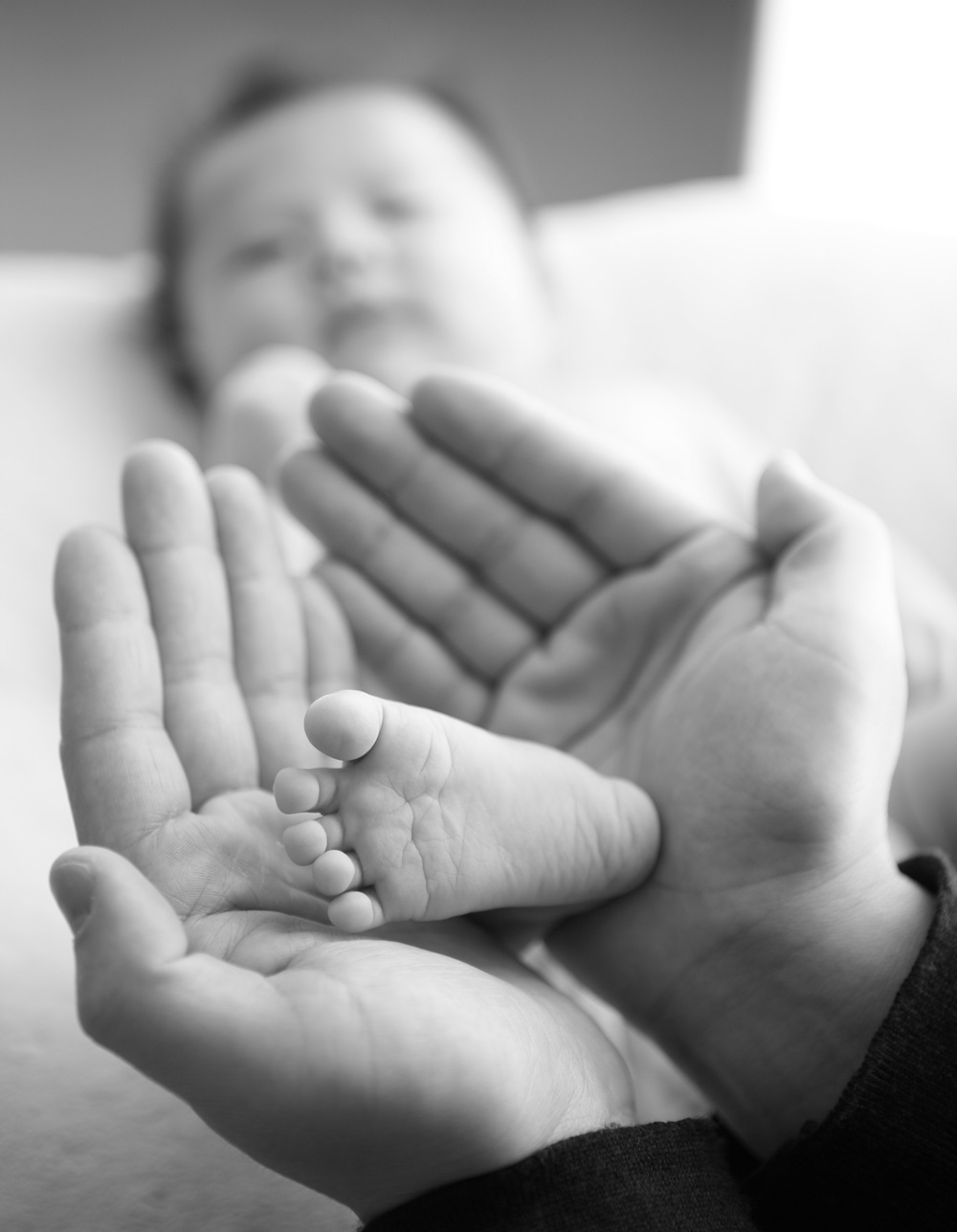Pediatric Foot Conditions
Dr. Bishop has a special interest in treating children and adolescent foot and ankle issues. He performs pro bono surgery with a surgical foundation, trauma hospitals and Shriners hospitals in Mexico city, and Guadalajara, Mexico and has for over 12 years. Dr. Bishop sees some of the most profound deformities in these children. Pediatric foot and ankle conditions encompass a wide range of developmental, congenital, traumatic, and acquired disorders. Early diagnosis and appropriate treatment are critical for preventing long-term complications. If you have a child with an injury, deformity or just a question please give Dr. Bishop a call for a consultation at 480-342-9999
Common Pediatric Foot and Ankle Conditions
Flatfoot (Pes Planus)
1. Description: Arch collapses, causing the foot to appear flat when standing.
2. Types:
- Flexible Flatfoot: Arch reappears when not weight-bearing; usually resolves with age.
- Rigid Flatfoot: Often associated with underlying conditions like tarsal coalition.
- Symptoms: Pain, fatigue in the feet, or difficulty walking in some cases.
3. Treatment:
- Observation for asymptomatic flexible flatfoot.
- Orthotics, stretching exercises, or surgery for severe cases or rigid flatfoot.
Clubfoot (Congenital Talipes Equinovarus)
1. Description: A congenital deformity where the foot turns inward and downward.
2. Cause: Often idiopathic but may be linked to genetic or neuromuscular conditions.
3. Treatment:
- Ponseti Method: Serial casting, bracing, and sometimes Achilles tenotomy.
- Surgery if conservative treatment fails.
Sever’s Disease (Calcaneal Apophysitis)
1. Description: Inflammation of the growth plate in the heel due to overuse.
2. Symptoms: Heel pain during or after physical activity, common in active children.
3. Treatment:
- Rest, ice, stretching exercises, and supportive footwear.
- Heel cups or orthotics for cushioning.
Tarsal Coalition
1. Description: Fusion of two or more tarsal bones, leading to rigid flatfoot and limited motion.
2. Symptoms: Pain, stiffness, or recurrent ankle sprains.
3. Treatment:
- Rest, orthotics, and physical therapy for mild cases.
- Surgery for persistent symptoms.
Toe Walking
1. Description: Walking on the toes instead of the full foot.
2. Cause:
- Habitual (idiopathic).
- Associated with neurological conditions like cerebral palsy or autism.
3. Treatment:
- Stretching, physical therapy, or bracing for idiopathic cases.
- Surgery (e.g., tendon lengthening) for severe cases.
Metatarsus Adductus
1. Description: Inward curvature of the forefoot.
2. Cause: Positional deformity from intrauterine positioning.
3. Treatment:
- Observation for mild cases.
- Stretching, casting, or braces for moderate to severe cases.
In-Toeing and Out-Toeing
1. Description: Abnormal foot alignment during walking.
2. Causes:
- In-Toeing: Tibial torsion or femoral anteversion.
- Out-Toeing: External rotation of the hip or tibial torsion.
3. Treatment:
- Typically resolves with growth.
- Bracing or surgical intervention for severe cases.
Overlapping or Extra Toes
1. Description: Congenital conditions like polydactyly (extra toes) or overlapping toes.
2. Treatment:
- Observation for mild cases.
- Surgery for functional or cosmetic concerns.
Juvenile Bunions
1. Description: Enlargement and misalignment of the big toe joint in adolescents.
2. Cause: Genetic predisposition, flatfoot, or improper footwear.
3. Treatment:
- Orthotics, proper footwear, or surgery in severe cases.
Fractures and Sports Injuries
1. Common Injuries: Growth plate fractures, stress fractures, and sprains.
2. Treatment:
- Immobilization, rest, and physical therapy for mild injuries.
- Surgery for displaced fractures or ligament tears.
Congenital Vertical Talus (Rocker-Bottom Foot)
1. Description: Rigid foot deformity with a convex sole and upward arch.
2. Treatment:
- Serial casting and surgery for tendon and joint correction.
Neuromuscular Disorders
1. Conditions: Charcot-Marie-Tooth disease, cerebral palsy, or spina bifida may affect foot alignment and function.
2. Treatment:
- Bracing, orthotics, physical therapy, or surgery depending on severity.

Diagnosis
Clinical Examination
Evaluating foot structure, gait, and range of motion.
Imaging
- X-rays for bone deformities.
- MRI/CT scans for soft tissue or complex structural abnormalities.
Gait Analysis
For biomechanical assessments.
Treatment Approaches
Conservative Treatment
- Orthotics: Custom insoles for support and pain relief.
- Physical Therapy: Stretching, strengthening, and gait correction exercises.
- Footwear: Properly fitting shoes with adequate support and cushioning.
- Activity Modification: Reducing high-impact activities.
Surgical Treatment
- Reserved for cases where conservative treatment fails or deformities are severe.
- Procedures include:
1. Osteotomies to realign bones.
2. Tendon transfers or lengthening.
3. Joint fusions in rigid deformities.
Preventive Measures
- Encourage wearing supportive and appropriately sized footwear.
- Promote physical activity to strengthen foot muscles.
- Monitor for abnormal gait patterns and seek early intervention.
